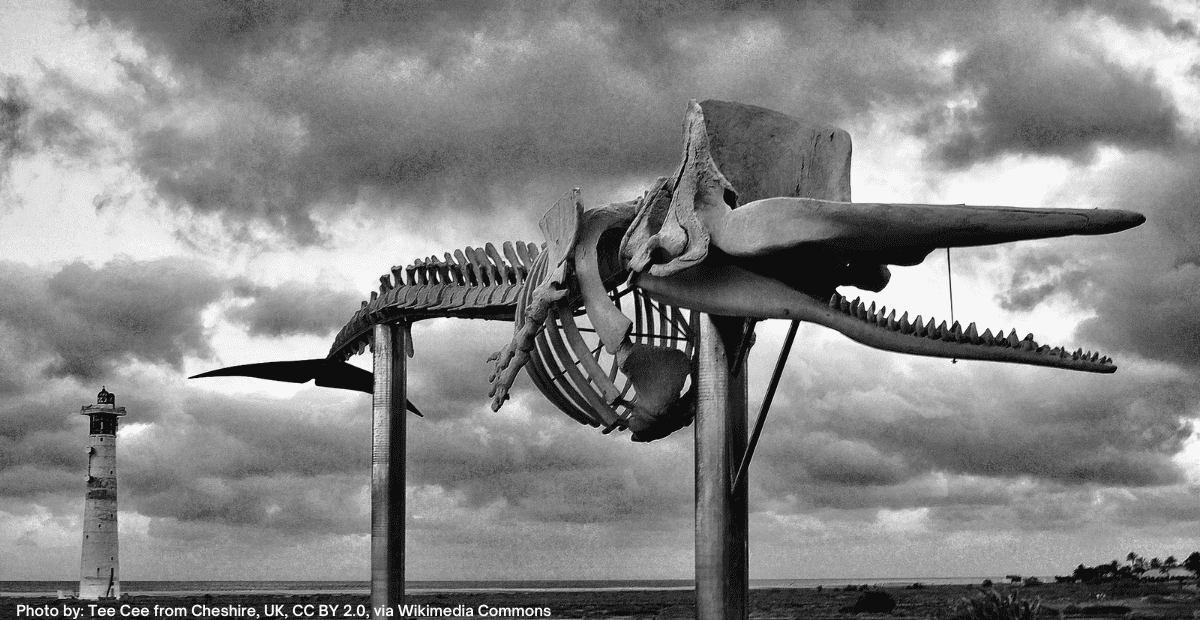This blog post aims to shed light on the scientific and educational importance of the whale skeleton, particularly focusing on their representation in natural history museums. We explore the broader context of these displays and their role in advancing our understanding of marine life.
Structural Diversity

Whale skeleton, such as the Blue Whale, showcase remarkable structural diversity. Assembled from various specimens, these composite structures provide a comprehensive overview of whale anatomy, allowing for in-depth studies in comparative anatomy, bone disorders, and evolutionary adaptations.
Historical Origins

The history of whale skeletons in museums often involves intricate processes of recovery and preparation.
In the 19th century, acquiring intact animals for study was uncommon, making the collection of these specimens noteworthy. Due to their scarcity and the challenges associated with their procurement, museums, and researchers in comparative anatomy highly valued these specimens during that era.
Examining the whale skeletons, we witness the meticulous efforts undertaken historically by scientists and volunteers to recover and assemble bones, turning them into invaluable educational tools.
Conservation and Preservation Challenges

Preserving whale skeletons presents unique challenges due to their sheer size and complexity. Restoration Specialist Chris Orr outlines the conservation efforts involved in maintaining these specimens, emphasizing the importance of protecting the bones of Earth’s largest species.

Educational Value
Whale skeletons serve as crucial teaching tools, fostering a greater understanding of marine biology and archeology.

With their imposing size, these displays inspire awe and curiosity. They facilitate lessons in comparative anatomy and forge a connection between museum visitors and these marine mammals.
Through his various publications, including studies on suction feeding, hearing evolution, and behavioral frameworks, Dr. Erich Fitzgerald (Senior Curator of Vertebrate Palaeontology at the Natural Sciences Palaeontology department at Museums Victoria) establishes the scientific and educational value of whale skeletons in understanding the past and present of these magnificent marine species (Fitzgerald, 2017; Park et al., 2017; Marx et al., 2016).
Global Perspective

The prevalence of whale skeletons in natural history museums worldwide demonstrates their global significance.
Dr. Erich Fitzgerald, emphasizes that whale skeletons transcend mere exhibits. In his extensive research, Fitzgerald explores the evolutionary history of marine vertebrates, with a primary focus on whales, seals, and sea cows. Fitzgerald’s work highlights the profound insights whale skeletons provide into the impact of environmental changes on ocean ecosystems across geologic timescales.
Conclusion
In conclusion, whale skeletons in museums transcend mere displays; they serve as gateways to scientific exploration, education, and advocacy for marine conservation. As we marvel at these skeletal giants, we are reminded of our responsibility to protect the oceans and the remarkable creatures that inhabit them.
More photos of whale skeletons







